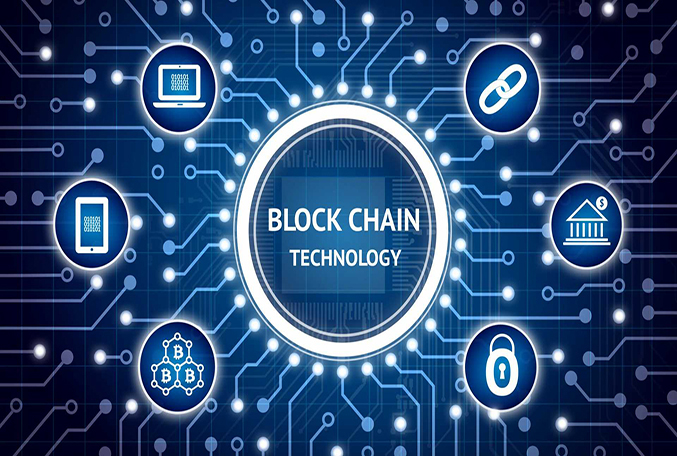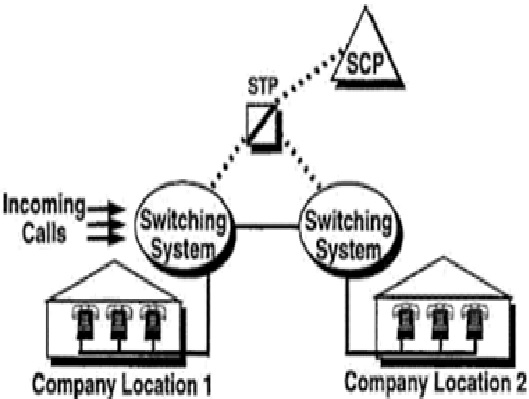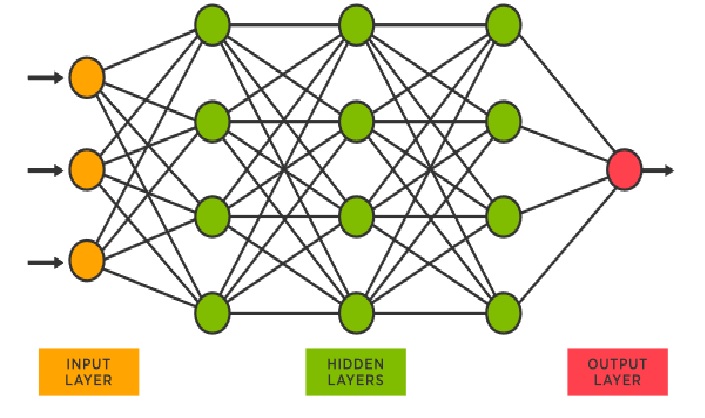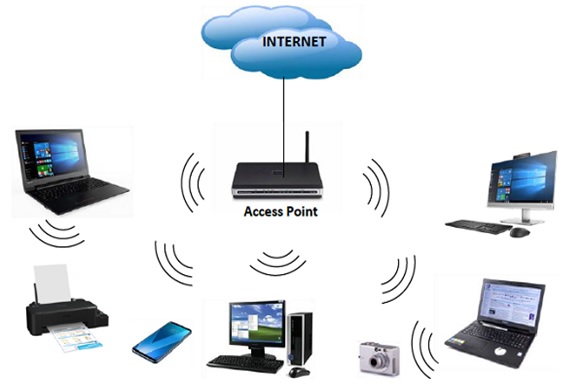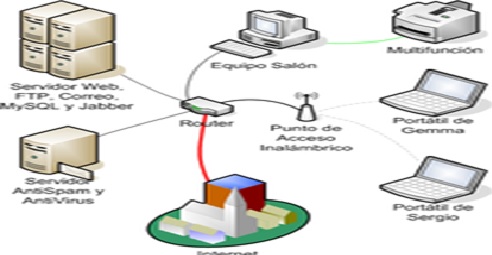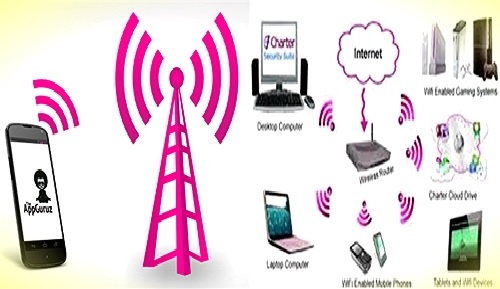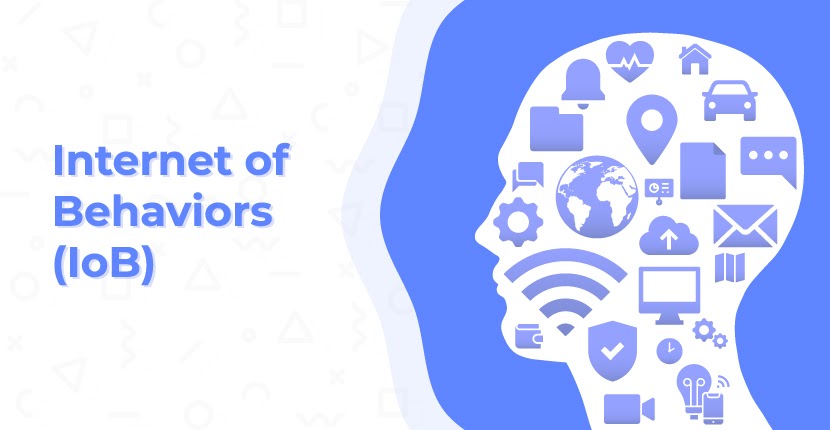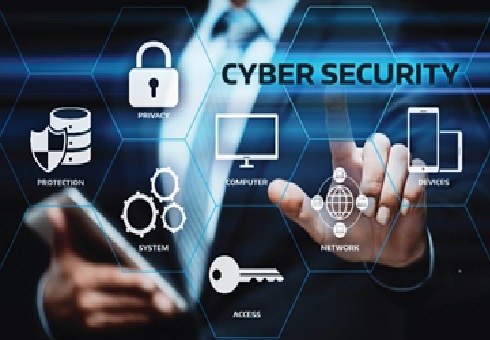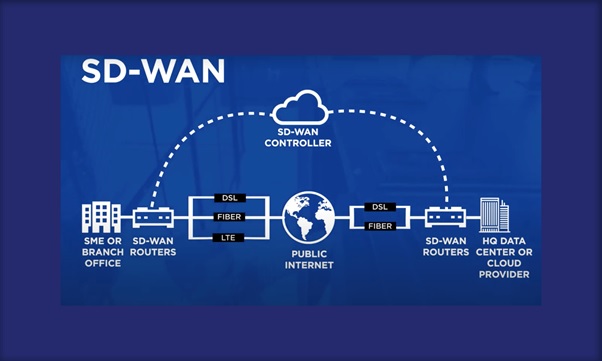Technologies: 5G and Wi-Fi 6
5G networks will provide 50x more speed, 10x less latency, and 1,000x more capacity than 4G/LTE.1 This means 5G will be able to connect more devices and transmit more data than ever before, delivering fast connectivity and significantly enhanced user experiences. As with LTE, mobile carriers will offer subscriptions to their 5G network, which requires 5G-capable devices.
Wi-Fi 6, based on the IEEE 802.11ax standard, will deliver 4x higher capacity and 75 percent lower latency, offering nearly triple the speed of its predecessor, Wi-Fi 5.2 Anyone can operate a Wi-Fi network—and most of us have one in our homes and offices, connected to broadband service. Wi-Fi 6 devices require a Wi-Fi 6‒compliant access point to get the full speed, latency, and capacity improvements.[1]

Figure 1. Technologies of 5 G and wi-fi 6
Figure 1 shows Wi-Fi and 5G offer complementary functionalities. Where the user experience is concerned, 5G and Wi-Fi 6 can both achieve gigabit speeds and low latency.[1]
Comparing the differences between Wi-Fi 6 vs. 5G
Technology type.
Many of the differences between Wi-Fi 6 and 5G stem from the difference between their technology types, which is the most notable distinction between Wi-Fi 6 and 5G. While 5G is a cellular technology, Wi-Fi 6 is Wi-Fi, a version of WLAN technology. The technology types differ with licensing, authentication and use cases.
The technology types also differ in terms of connectivity. For Wi-Fi, organizations use routers and access points from service providers for internet connectivity. For cellular, cell towers and small cells provide connectivity to connected devices.
Authentication.
While Wi-Fi technology's unlicensed bands don't require permission to use, access to the Wi-Fi network itself does. To access a Wi-Fi network, users typically require a service set identifier -- or network name -- and password. In addition, Wi-Fi 6 introduces a new authentication type called Simultaneous Authentication of Equals for added protection against bad actors.
As for cellular access, this is simple and easy for connected devices to gain, because cellular networks don't have the same authentication requirements as Wi-Fi networks. However, 5G also uses several authentication types, which include 5G authentication and key agreement, Extensible Authentication Protocol (EAP)-AKA and EAP-Transport Layer Security to bolster 5G network security.[2]
5G and Wi-Fi 6 will work together
As the two technologies race to provide wireless access for business use cases, verticals, and IoT devices, a key issue is how to integrate 5G and Wi-Fi so that users can roam between them painlessly. Critical business applications requiring low latency and near-real-time communications over a wireless medium are the next frontier in data communications. 5G and Wi-Fi give us more ways to access the cloud.
Wi-Fi is ubiquitous and seen as a commodity nowadays. We expect Wi-Fi service in shopping centers, at medical offices, and on planes. The Wi-Fi access medium has been around for more than 20 years.
5G is the next iteration of cellular technologies. Consisting of new architecture such as next-generation radio network and 5G core, the building blocks will contain many of the same tenets of mobility used in Wi-Fi, which are access, transport, cloud, network applications, and management.[3]
References:
- https://www.intel.com/content/www/us/en/wireless-network/5g-technology/5g-vs-wifi.html
- https://www.techtarget.com/searchnetworking/feature/A-deep-dive-into-the-differences-between-5G-and-Wi-Fi-6
- https://www.hpe.com/us/en/insights/articles/how-5g-and-wi-fi-6-will-work-together-2011.html
Cite this article:
Thanusri swetha J (2021), Technologies: 5 G and wi-fi 6, AnaTechMaz, pp. 14



